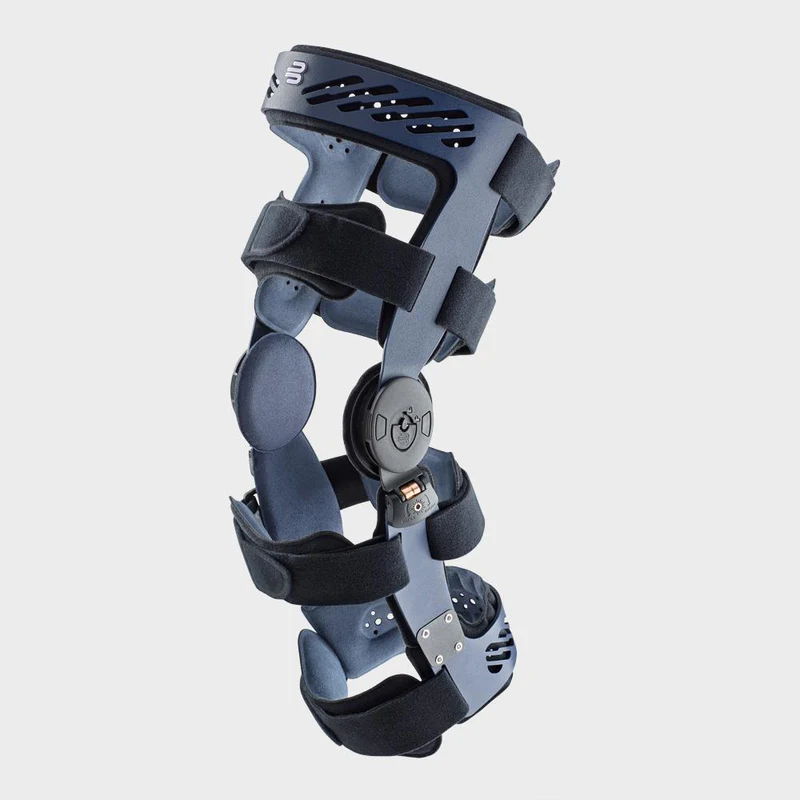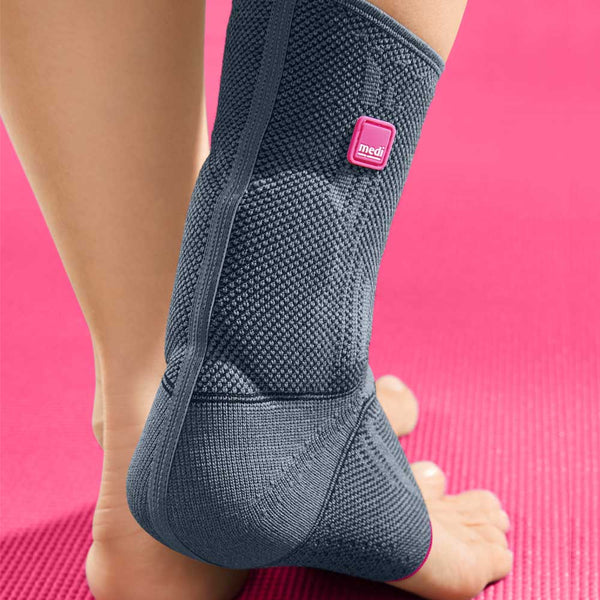Braces exist to support an existing joint. They help reduce the forces passing through an area and promote healing and bring further stability to a joint.
Supportive wear such as compression braces, compression leggings, and shorts can help with medical issues like lymphedema, post-surgical swelling, etc.


Injuries and medical conditions that lead to a loss of stability in a joint, or a muscle- such as:
Conditions that are a result of a lack of mobility such as:
Like clothes, more tailored and custom the braces are the better. There are generally three tiers of braces:
We recommend you go with whatever your healthcare provider suggests!
There is a whole wide world of braces out there; you should have a chat about whether or not a brace can help your condition with your physiotherapist or family doctor!
Our clinic carries custom measured and can provide fully custom braces. If you have a particular bracing need, please contact us!

Arjun Patel, PT, MScPT, MCPA is an orthopedic, neuro, and vestibular physiotherapist. He is the director of Blue Space Clinic Physiotherapy and sees complex cases on a daily basis. He is also an adjunct lecturer at the faculty of medicine at University of Toronto.
To learn more about Arjun and our clinic, click here!